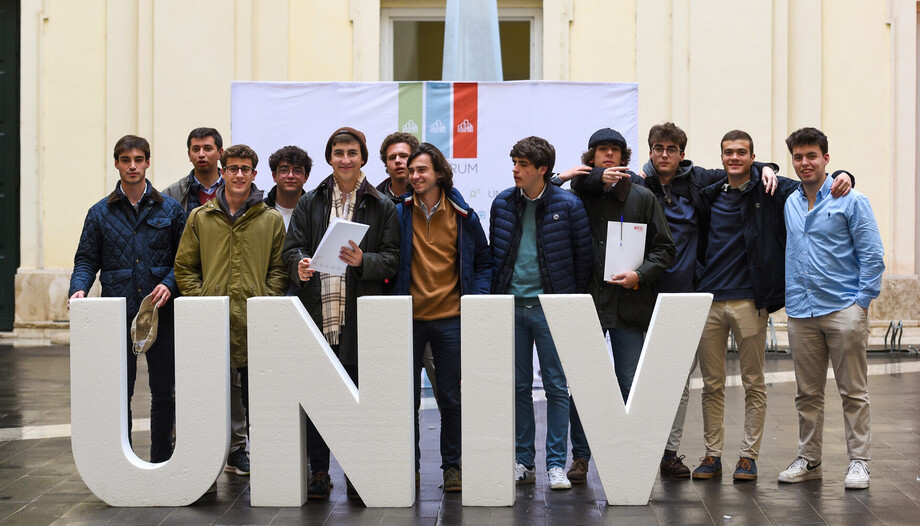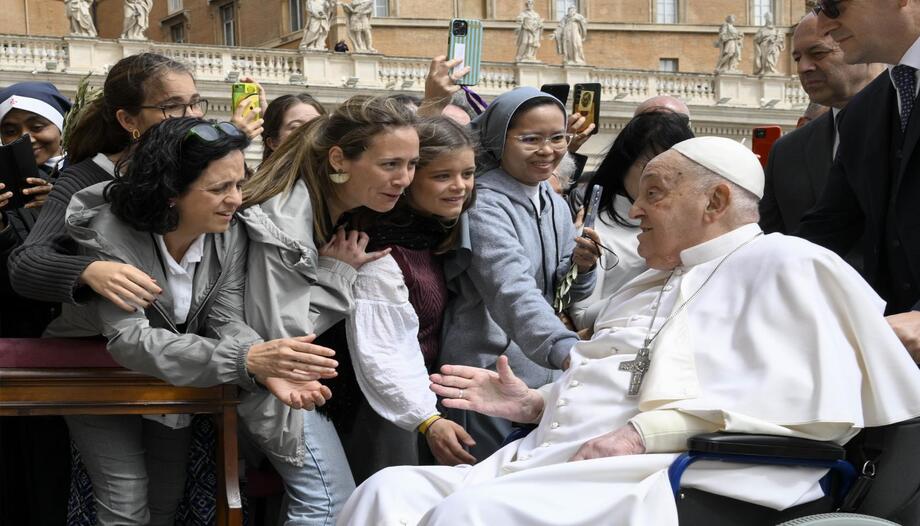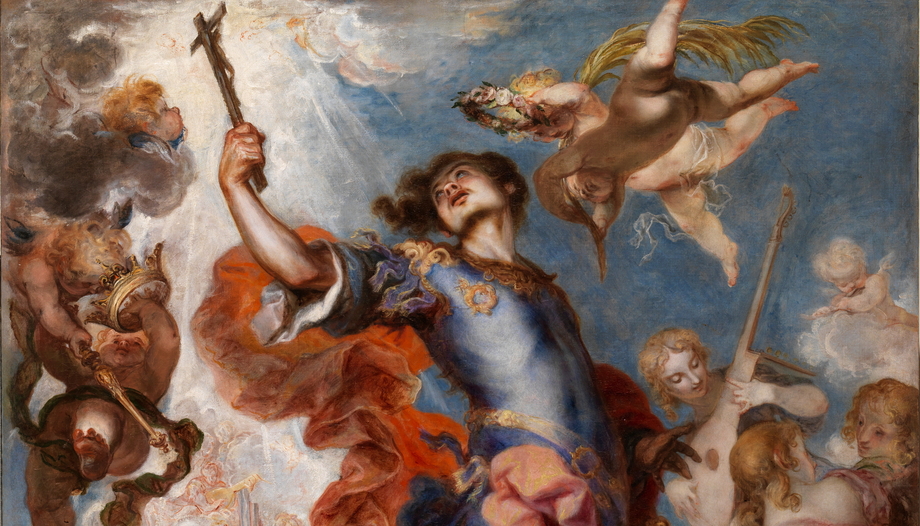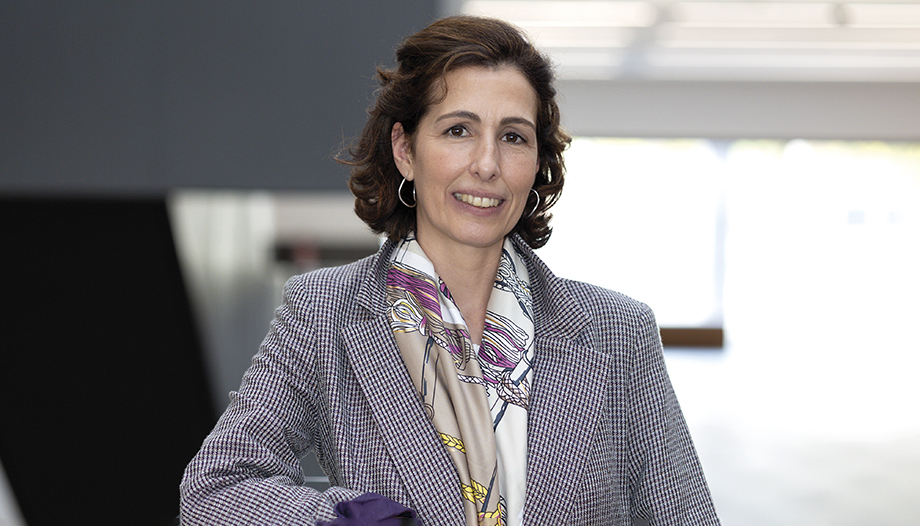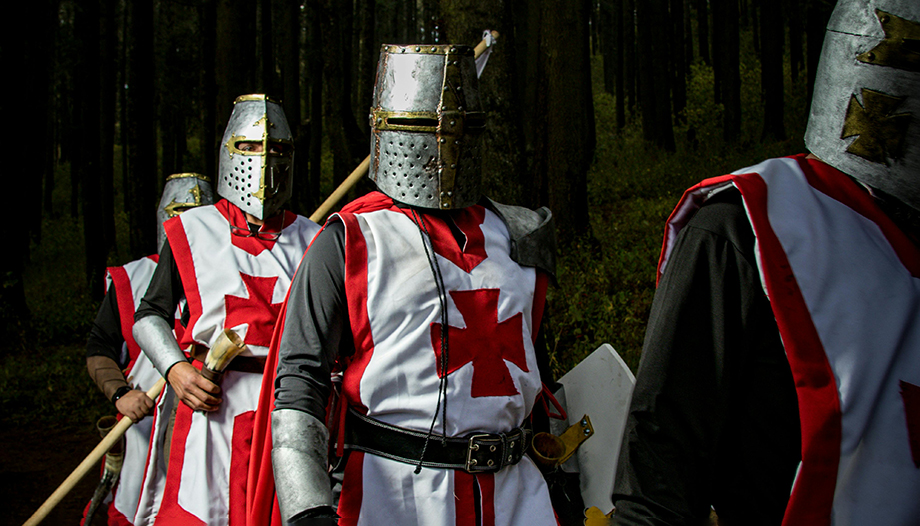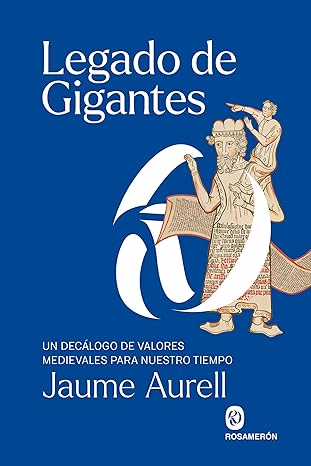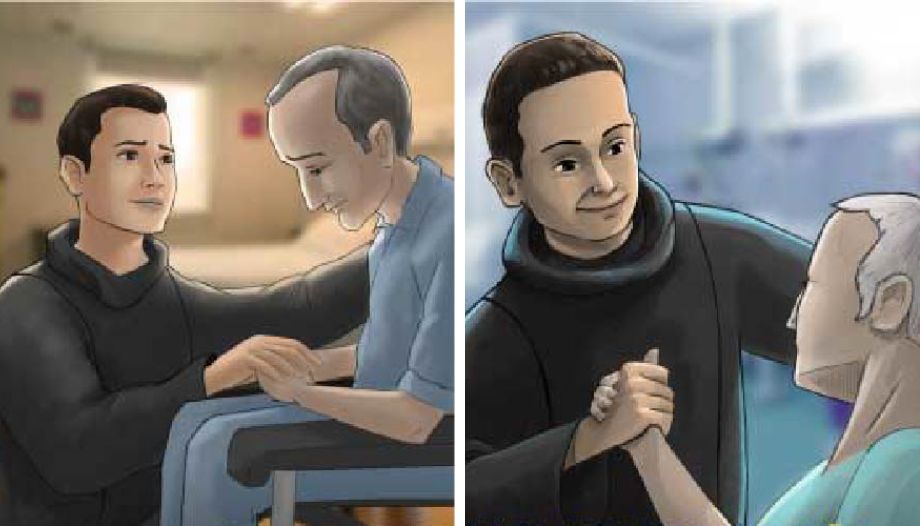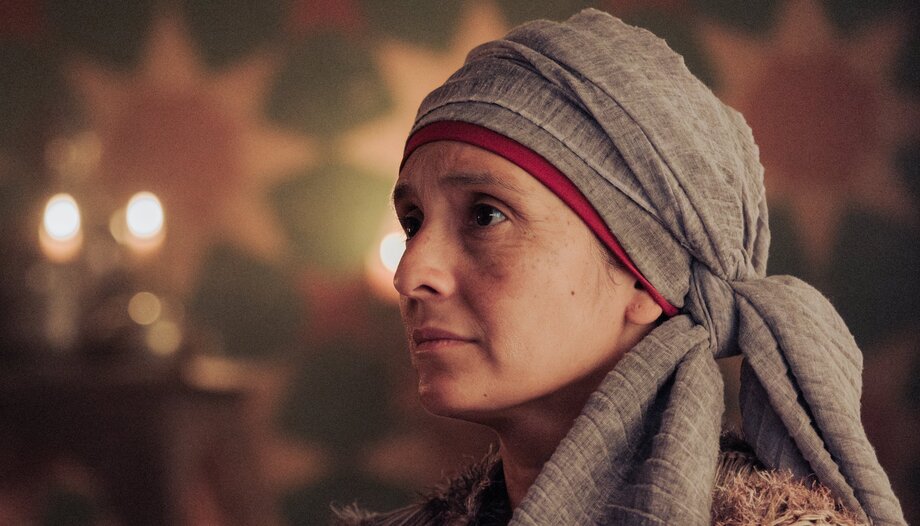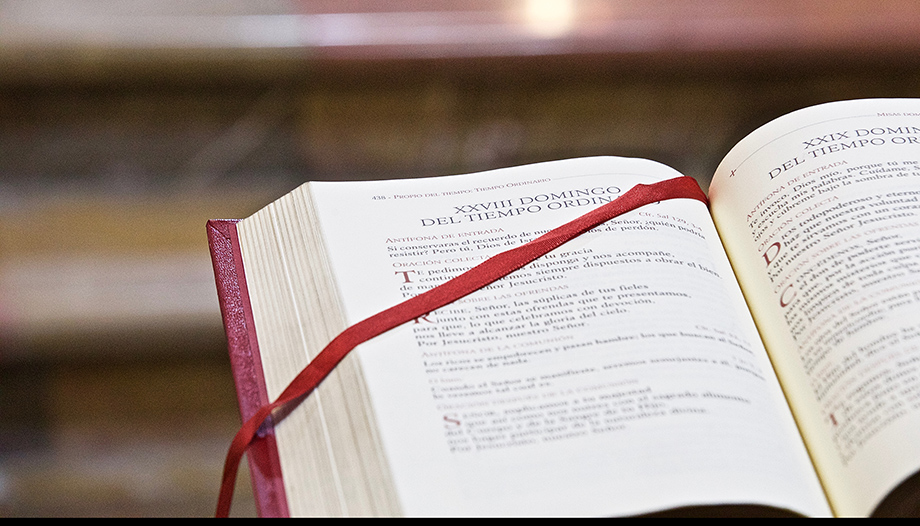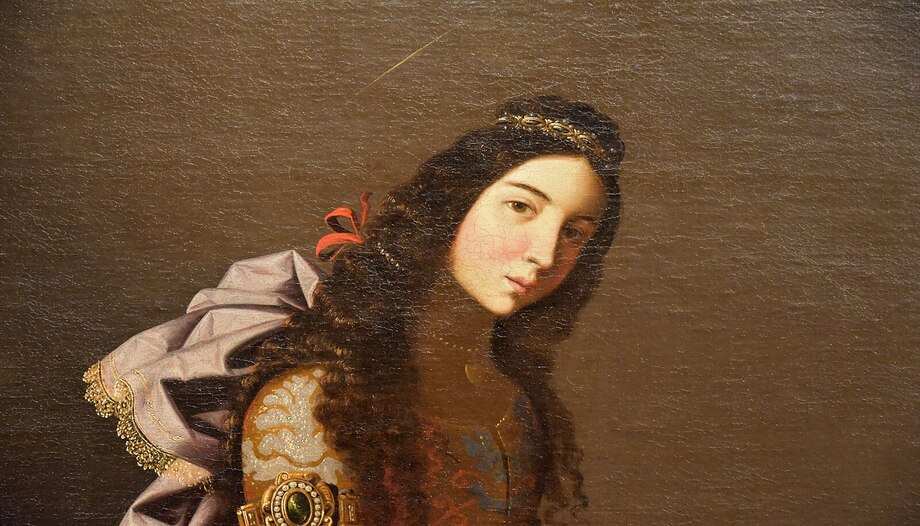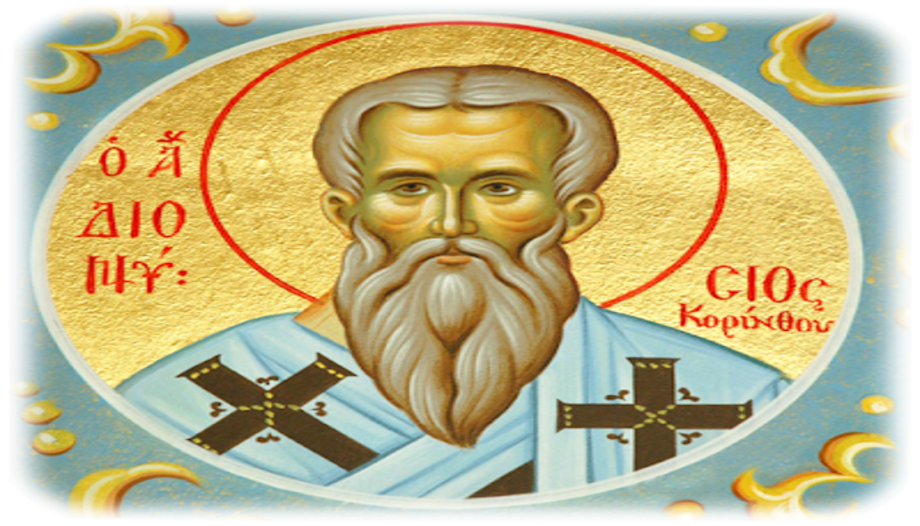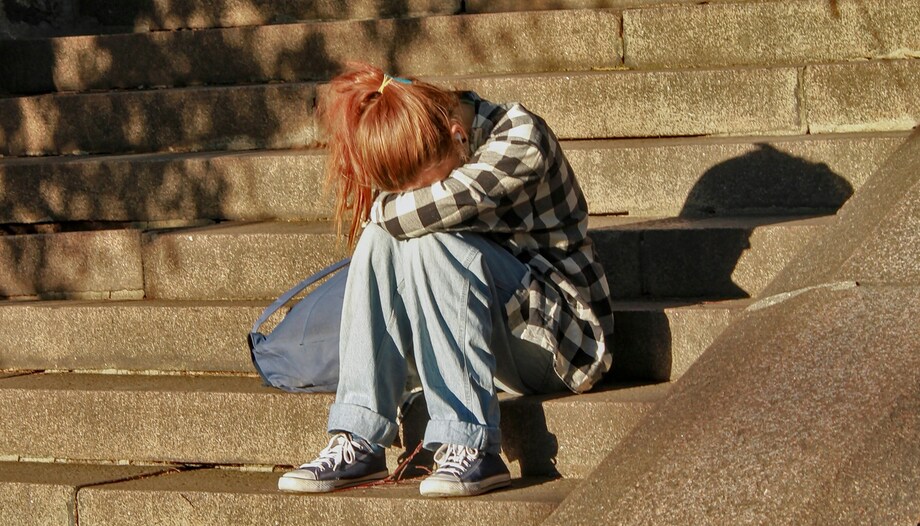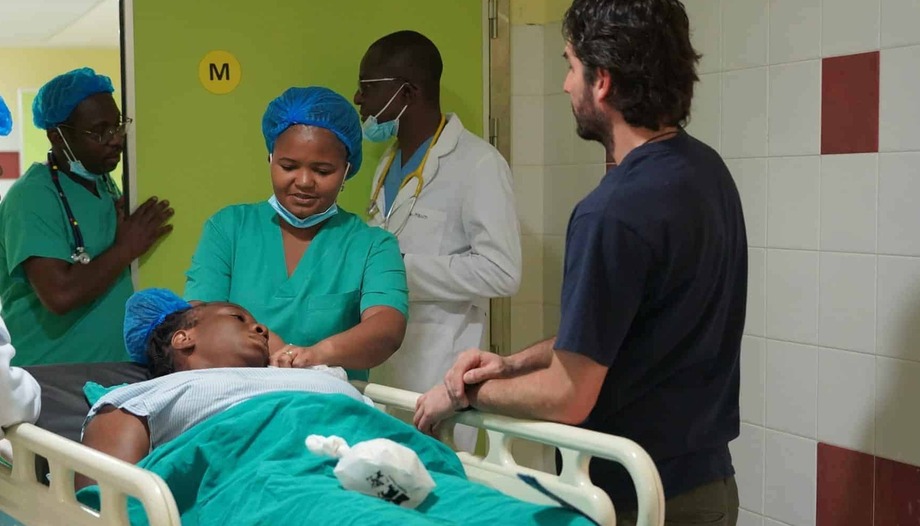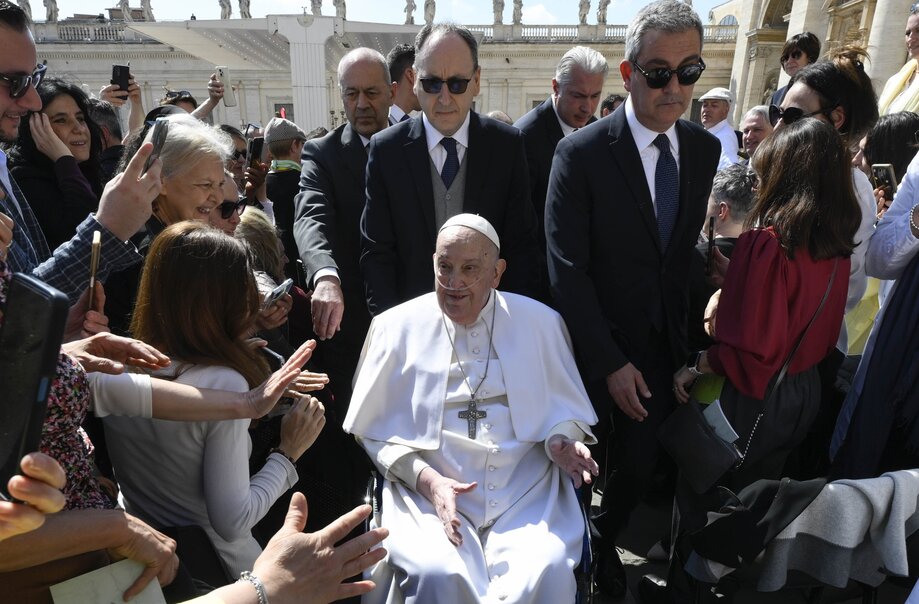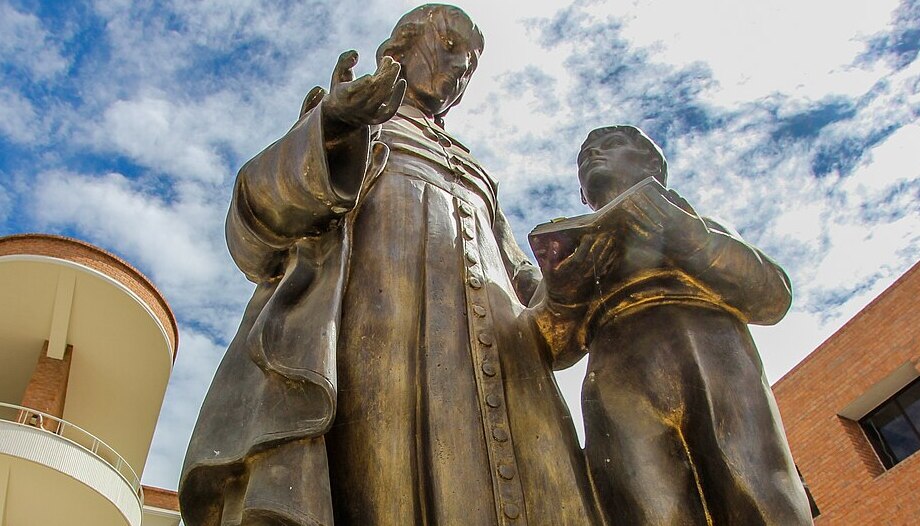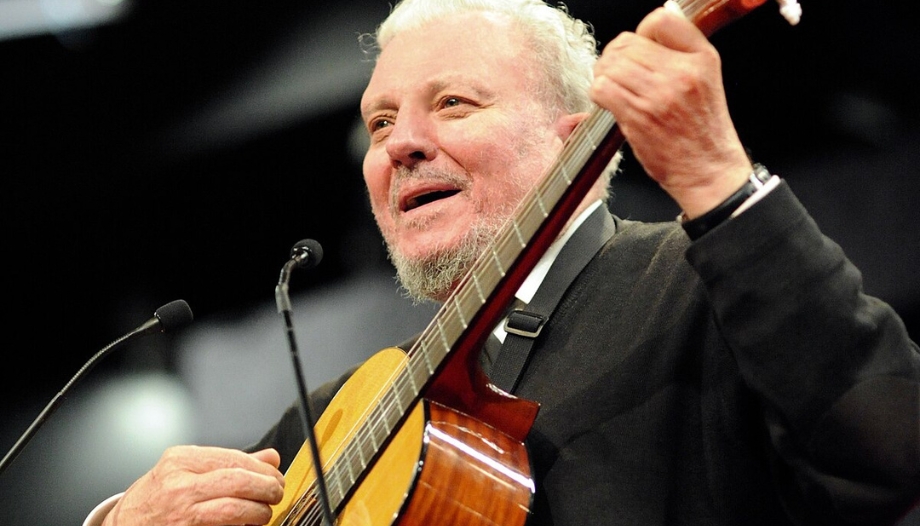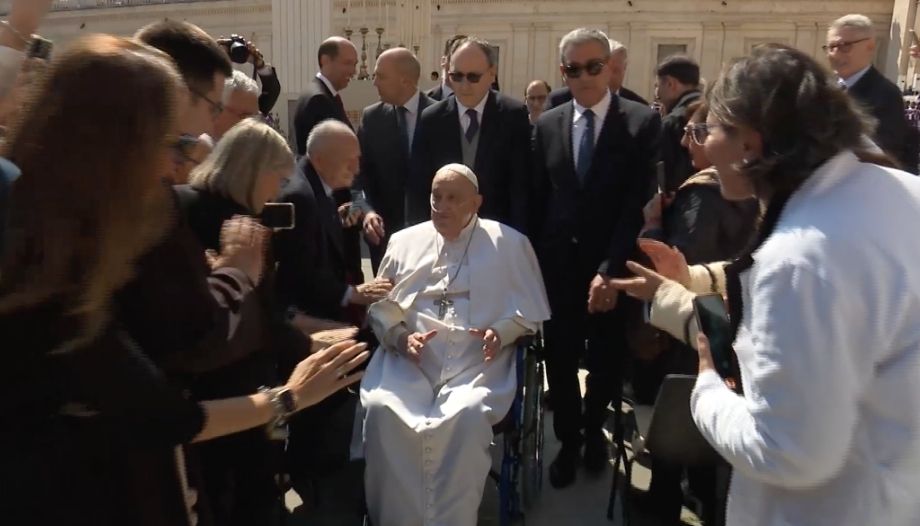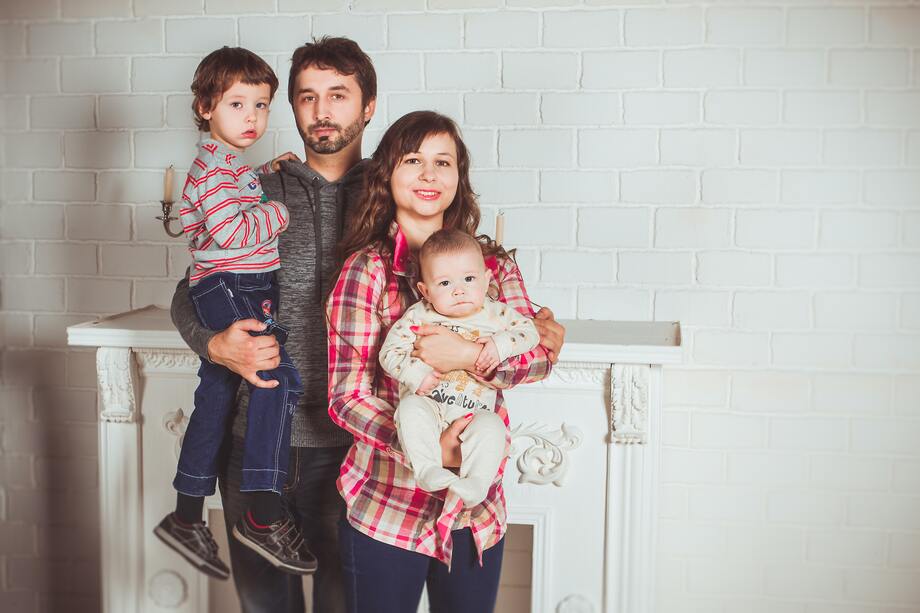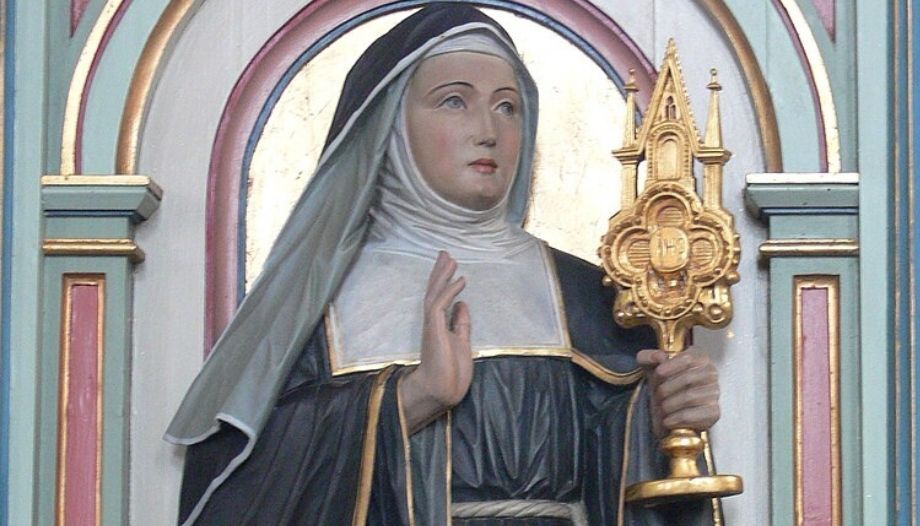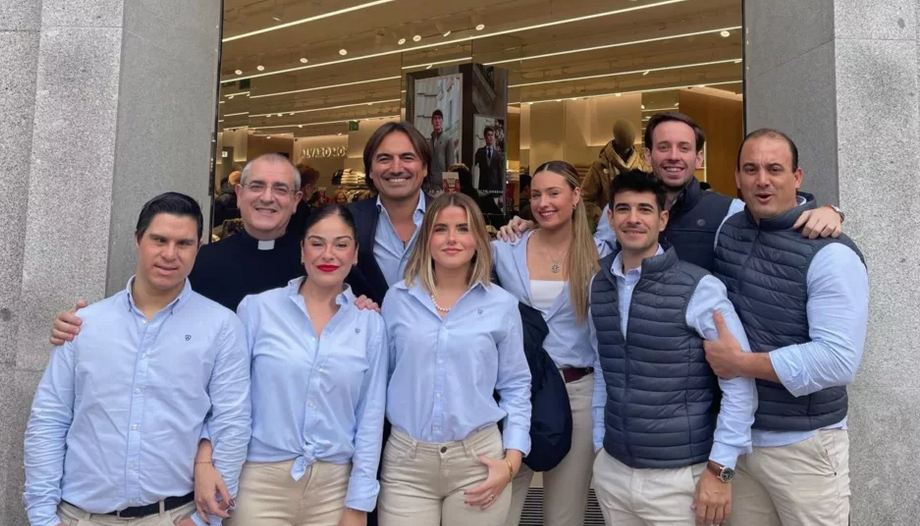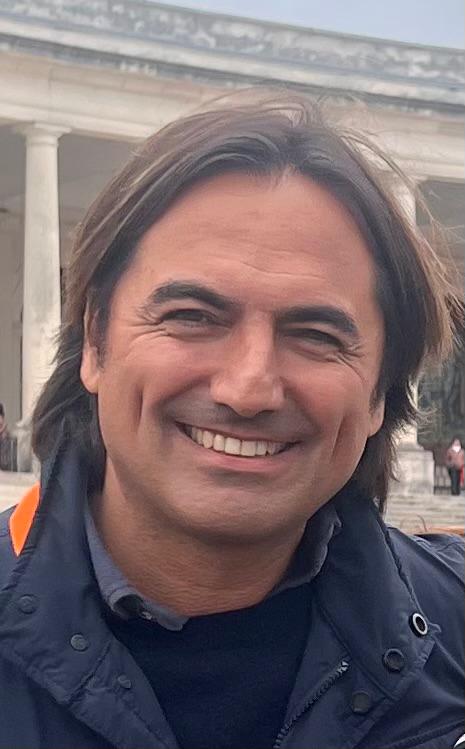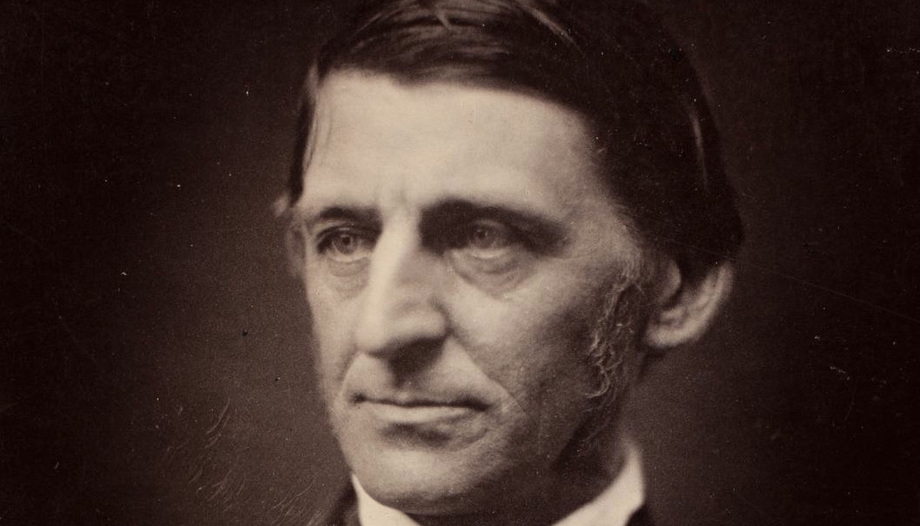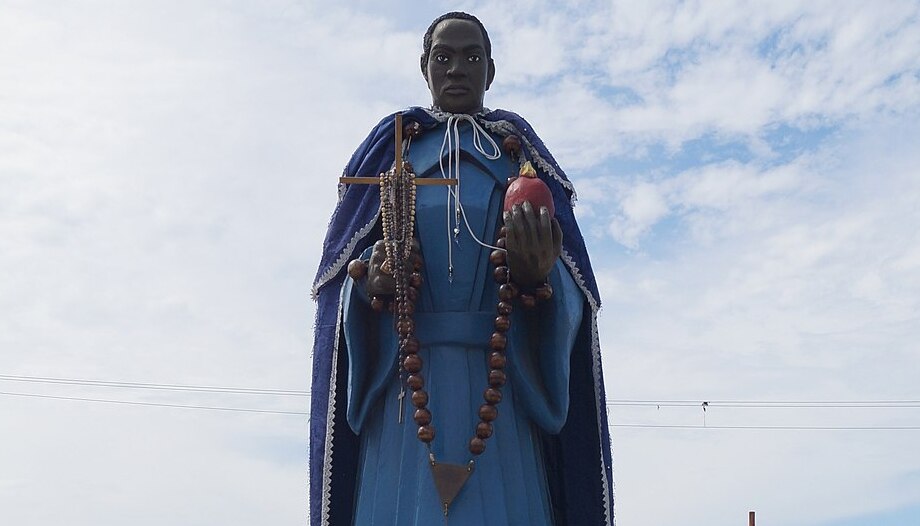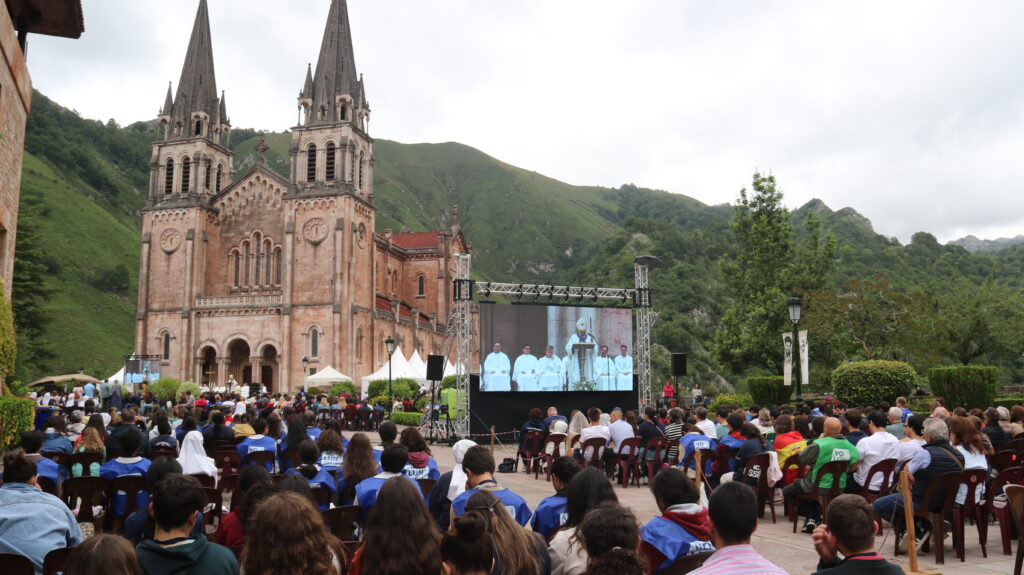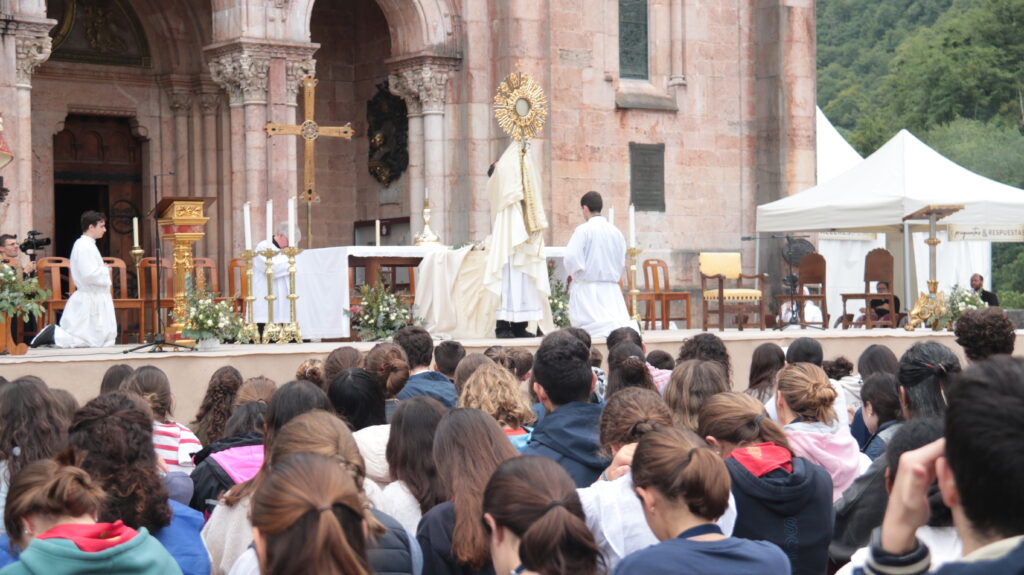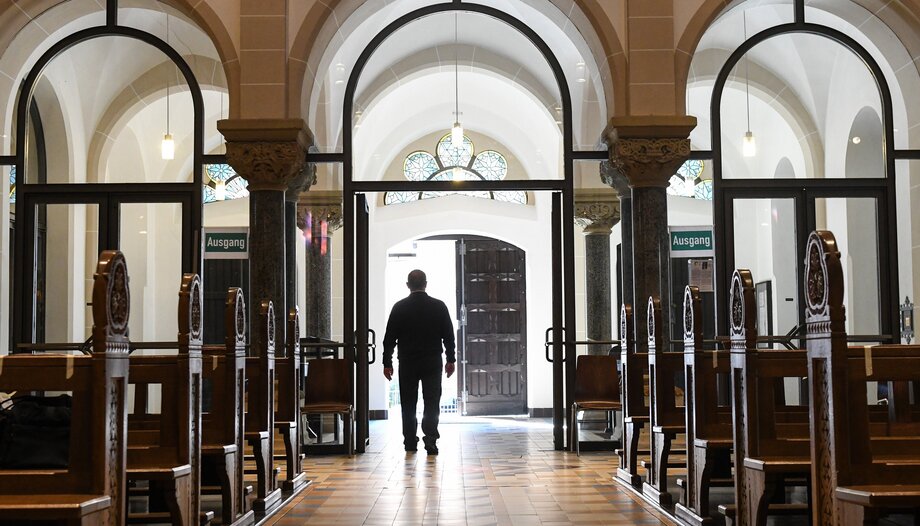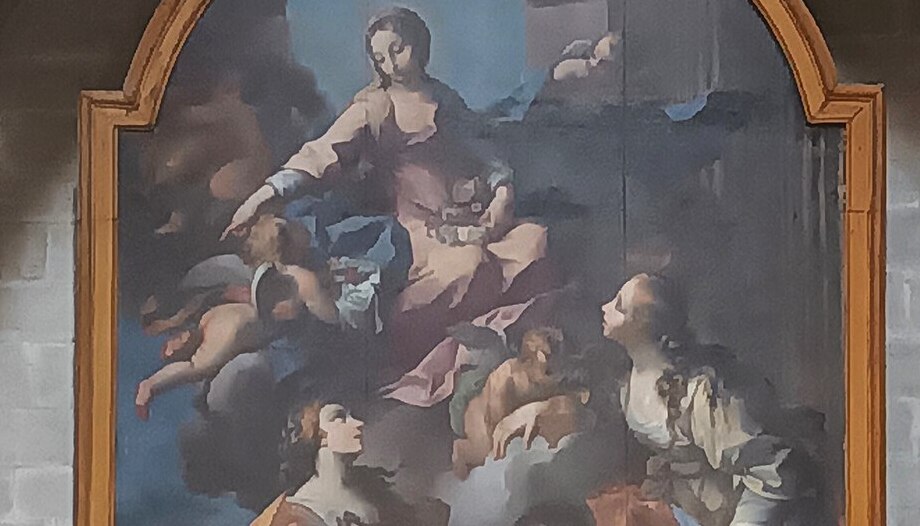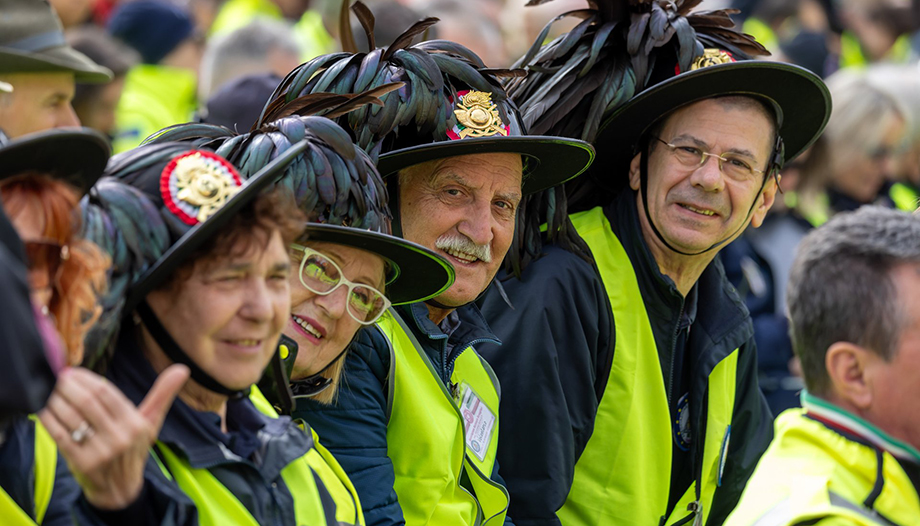What do artists, volunteers and ecclesial vocations have in common? That they seek without settling, that they walk without tiring, that they are called to respond with something or a lot of their own life.
Among the teachings that Francis has continued to propose in recent weeks from the Gemelli HospitalWe have selected three appeals to groups of people especially dear to the Pope: artists, volunteers and vocations.
Custodians of beatitudes and beauty
On the Jubilee of artists and the world of culture (16-II-2025), the Cardinal José Tolentino de Mendonça (Prefect of the Dicastery for Culture and Education) read the homily that the Pope had prepared.
The Gospel of the day proclaimed the Beatitudes ("Blessed are you...") in St. Luke's version (cf. Lk 6:20-21). Although we have heard them many times, Francis said, they do not cease to surprise us, because "they invert the logic of the world and invite us to look at reality with new eyes, with the gaze of God, who sees beyond appearances and recognizes beauty, even in fragility and suffering.".
In addition, they are accompanied by a second part ("woe unto you...") which contains harsh words of warning against those who console themselves with their riches, those who are satisfied, those who laugh in their merely earthly horizon, those of whom everyone speaks well.
In this context, the Pope addressed the artists and people of culture, telling them that they are "called to be witnesses to the revolutionary vision of the Beatitudes". They have a mission that "is not only to create beauty, but to reveal the truth, goodness and beauty hidden in the folds of history, to give voice to the voiceless, to transform pain into hope.".
The Bishop of Rome outlined for them the framework for this task: "We are living in a time of complex crisis, which is economic and social and, above all, it is a crisis of the soul, a crisis of meaning".
Indicators of hope
Many have questions about time and orientation. There are those who are pilgrims or wanderers, those who have a goal or simply wander. Well then: "The artist is he or she who has the task of helping humanity not to lose direction, not to lose sight of the horizon of hope.".
But, beware, not an easy, superficial, disembodied hope. "True hope is intertwined with the drama of human existence. It is not a comfortable refuge, but a fire that burns and illuminates, like the Word of God".
And so, "authentic art is always an encounter with mystery, with the beauty that surpasses us, with the pain that questions us, with the truth that calls us".
Francisco sees in artists "Custodians of beauty who know how to bow before the wounds of the world, who know how to listen to the cry of the poor, the suffering, the wounded, the imprisoned, the persecuted, the refugees (...). Custodians of the Beatitudes"..
Heralds of a new world
That is why artists are necessary, indispensable: "Art is not a luxury, but a necessity of the spirit. It is not flight, but responsibility, an invitation to action, a call, a cry.".
The artist educates in beauty and sustains hope: "Educating in beauty means educating in hope. And hope is never separated from the drama of existence; it runs through the daily struggle, the fatigues of life, the challenges of our time.".
The beatitudes correspond to a logic contrary to worldly logic, to a revolution of perspective. And art is called to participate in this revolution. "The world needs prophetic artists, courageous intellectuals, creators of culture.". The Pope wishes them that their art may be "announcement of a new world" and may his poetry make us see it.
"Never stop searching, questioning, risking. Because true art is never comfortable, it offers the peace of restlessness.". And he asks them to remember: "hope is not an illusion; beauty is not a utopia; the gift you have is not an accident, it is a call. Respond with generosity, with passion, with love.".
The itinerary of temptations
On the Jubilee of the World of Volunteering (9-III-2025, first Sunday of Lent), the Pope's homily was read by the Cardinal Michael CzernyPrefect of the Dicastery for Integral Human Development.
The beginning of Lent is marked each year by the passage of the temptations that Jesus suffered in the desert: "The place of silence becomes a place of listening. A listening that puts to the test, because it becomes necessary to choose who to pay attention to between two totally contrary voices".
In proposing this exercise to us - the Pope points out - the Gospel testifies that Jesus' journey begins with an act of obedience: it is the Holy Spirit, the very power of God, who leads him to where nothing good grows from the earth or rains from heaven. "In the desert, man experiences his own material and spiritual destitution, his need for bread and words.".
Francis looks, above all, at the beginning of the temptation that Jesus undergoes, that "is dear": "The Lord goes into the desert not out of arrogance, to show how strong he is, but because of his filial availability to the Spirit of the Father, to whose guidance he readily entrusts himself.". In this he differs from our temptation, which is imposed on us, attacking and corrupting our freedom with lies (cf. Jn 8:22; Gen 3:1-5). But "The Lord is with us and watches over us, especially in the place of trial and misgiving.".
Secondly, it is remarkable how Christ is tempted, specifically in his relationship with God, his Father. The devil wants to destroy our filial relationship with God, making Jesus a privileged one, who can manifest his extraordinary power.
"In the face of these temptations, Jesus, the Son of God, decides how to be a son. In the Spirit who guides him, his decision reveals how he wants to live his filial relationship with the Father.". The Lord, by his conduct, decides that this unique and exclusive bond with the Father, of whom he is the only begotten Son, becomes a relationship that embraces us all without exclusion. "Relationship with the Father is the gift Jesus shares in the world for our salvation, not a treasure he jealously guards (cf. Phil 2:6), which he boasts about in order to achieve success and attract followers.".
We too, the Pope argues, are tempted in this relationship with God, but in the opposite way. He wants to convince us that God is not our Father, and that we will remain hungry and desperate under the powers of the world.
But the truth is that "God comes even closer to us, giving his life for the redemption of the world.".
Finally, at the end of the temptations, Jesus, the Christ of God, conquers evil. And the devil departs until another time, when he will tempt him again during the Passion (cf. Mt 27:40; Lk 23:35). "In the desert the tempter is defeated, but Christ's victory is not yet definitive; it will be in his Passover of death and resurrection.".
In our case, we sometimes fall into temptation, for we are all sinners. But our defeat is not final.
"Our trial, therefore, does not end in failure, for in Christ we are redeemed from evil. Crossing the desert with him, we travel a path where none had been traced out. Jesus himself opens for us this new way of liberation and rescue. Following the Lord in faith, from wanderers we become pilgrims"..
Finally, Francis addressed the volunteers, present for the Jubilee pilgrimage on behalf of all the volunteers of the world. He thanked them for following the example of Jesus in serving their neighbor without serving their neighbor. "On the streets and in homes, with the sick, with the suffering, with prisoners, with the young and the elderly, their dedication instills hope in the whole of society.".
He concluded with a beautiful image that could serve as a motto for every Christian: "In the deserts of poverty and loneliness, so many small gestures of gratuitous service make the sprouts of a new humanity germinate; that garden that God has dreamed and continues to dream for all of us.".
Vocations, a seed of hope
On March 19, the Solemnity of St. Joseph, the 12th anniversary of the official beginning of Francis' pontificate, the Pope's message for the 62nd World Day of Prayer for Vocations, to be celebrated on May 11, was published. The message, signed that day at the Gemelli Polyclinic, is entitled: Pilgrims of hope: the gift of life.
It begins by appreciating vocation as a gift that God sows in the heart, so that we go out of ourselves to walk a path of love and service. And so: "Every vocation in the Church - be it lay, to the ordained ministry or to the consecrated life - is a sign of the hope that God places in the world and in each of his children.".
Looking at the reality of our time, we see how many young people feel lost before their future, they are blocked by a crisis that has many surnames: "an identity crisis, which is also a crisis of meaning and values, and which the confusion of the digital world makes it even more difficult to go through".".
To the adult members of the Church -especially pastors- "we are asked to welcome, discern and accompany the vocational journey of the new generations"..
As for young people, "they are called to be the protagonists of their vocation or, better yet, co-protagonists together with the Holy SpiritThe "who awakens in them the desire to make their lives a gift of love.
Life is not a "meanwhile".
The Successor of Peter challenges them in an incisive way, raising his gaze: "Your life is not a 'meanwhile'. You are God's now". (Apostolic Exhortation Christus vivit, 178).
Like that of so many other young people - among them Blessed Charles Acutis and Blessed Pier Giorgio Frassati, soon to be canonized - the path of vocation is "a path to full happiness, in the relationship with the living Jesus"..
God's call in the heart (cf. Lk 24:32) "brings forth the response as an inner impulse toward love and service; as a source of hope and charity, and not as a quest for self-affirmation.".
And, situating vocation in the perspective of this jubilee of hope, the successor of Peter affirms: "Vocation and hope are intertwined in the divine plan for the joy of every man and every woman, because we are all called to offer our life for others (cfr. Apostolic Exhortation Evangelii gaudium, 268)"Whether in the priesthood, the consecrated life, the vocation to marriage and family life, or the vocation to commitment to the common good and to the witness of faith among companions and friends. "The Lay Faithful". -he will say later.In particular, they are called to be salt, light and leaven of the Kingdom of God through their social and professional commitment"..
Asking God for your dreams
"Every vocation is animated by hope, which translates as trust in Providence.". And hope rests on faith
To discern one's vocational path, Francis encourages them to stop, to listen within themselves and to "ask God what he dreams for you.".
 'Barefoot', Hakuna's film about the life force of music
'Barefoot', Hakuna's film about the life force of music Jonathan Roumie: "Playing Jesus in The Chosen I have discovered his intimacy with the apostles".
Jonathan Roumie: "Playing Jesus in The Chosen I have discovered his intimacy with the apostles". Joseph Ratzinger's prophecy
Joseph Ratzinger's prophecy











